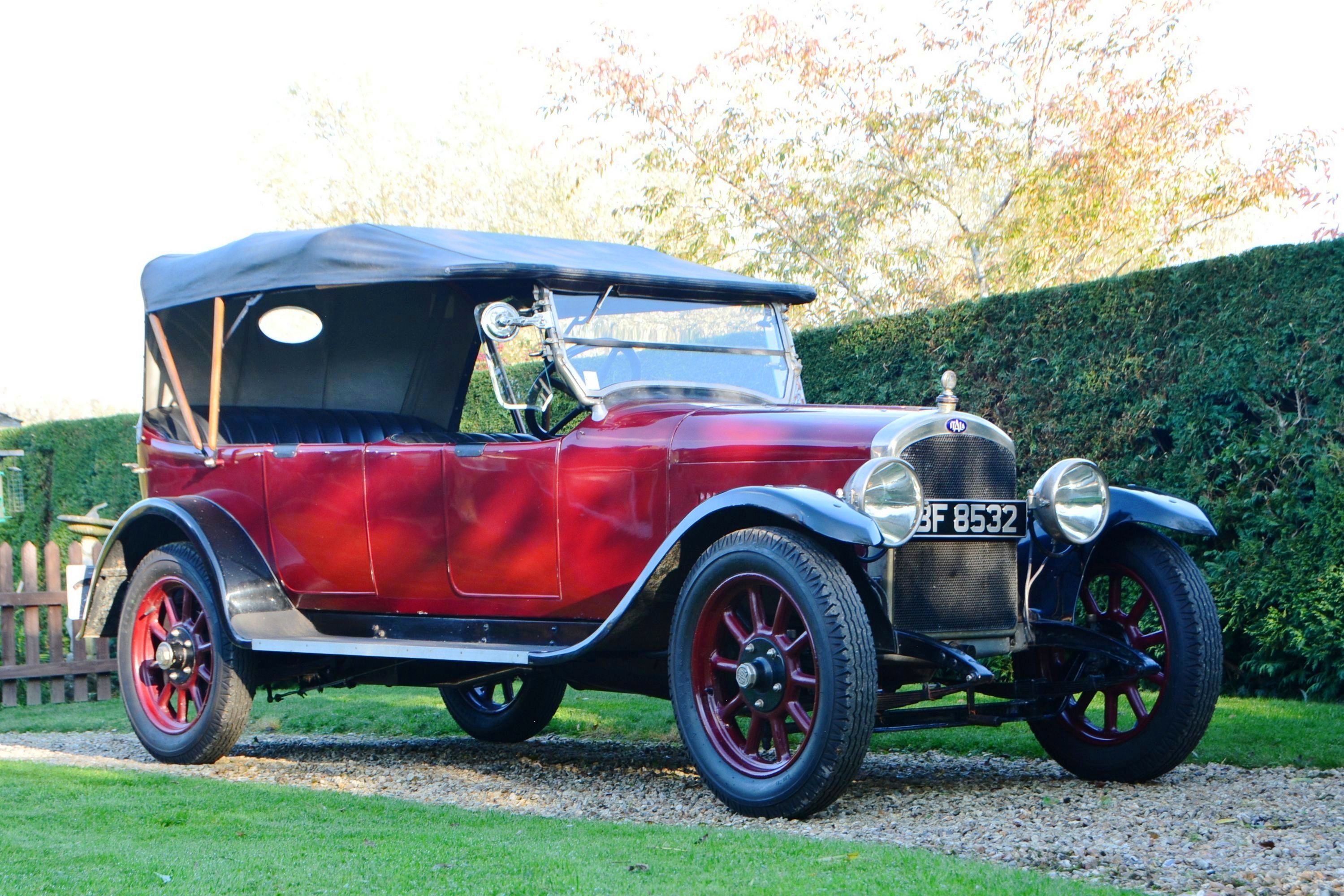
Click Here for Full Screen Image - Click Here to Download Image
 | 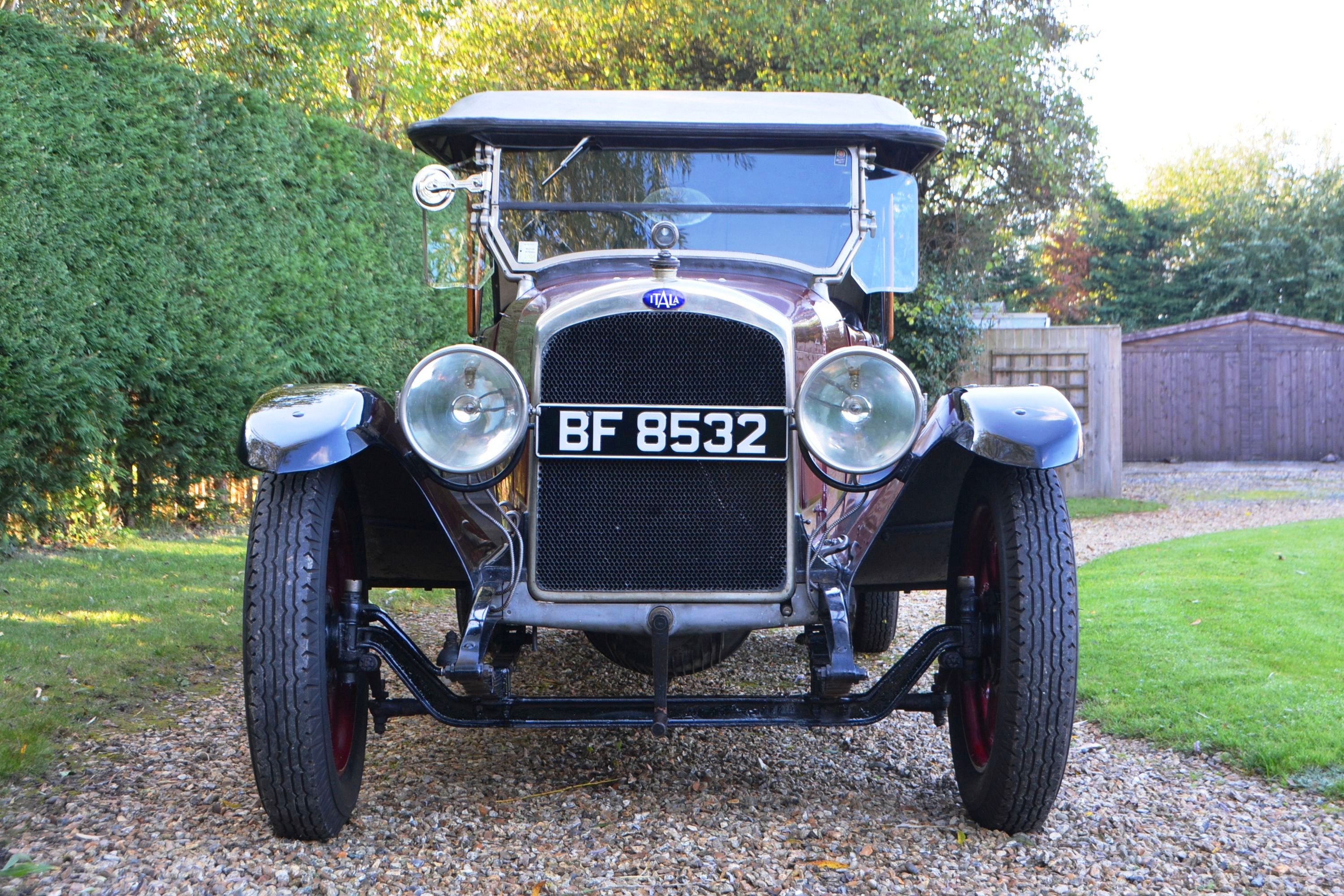 |  | 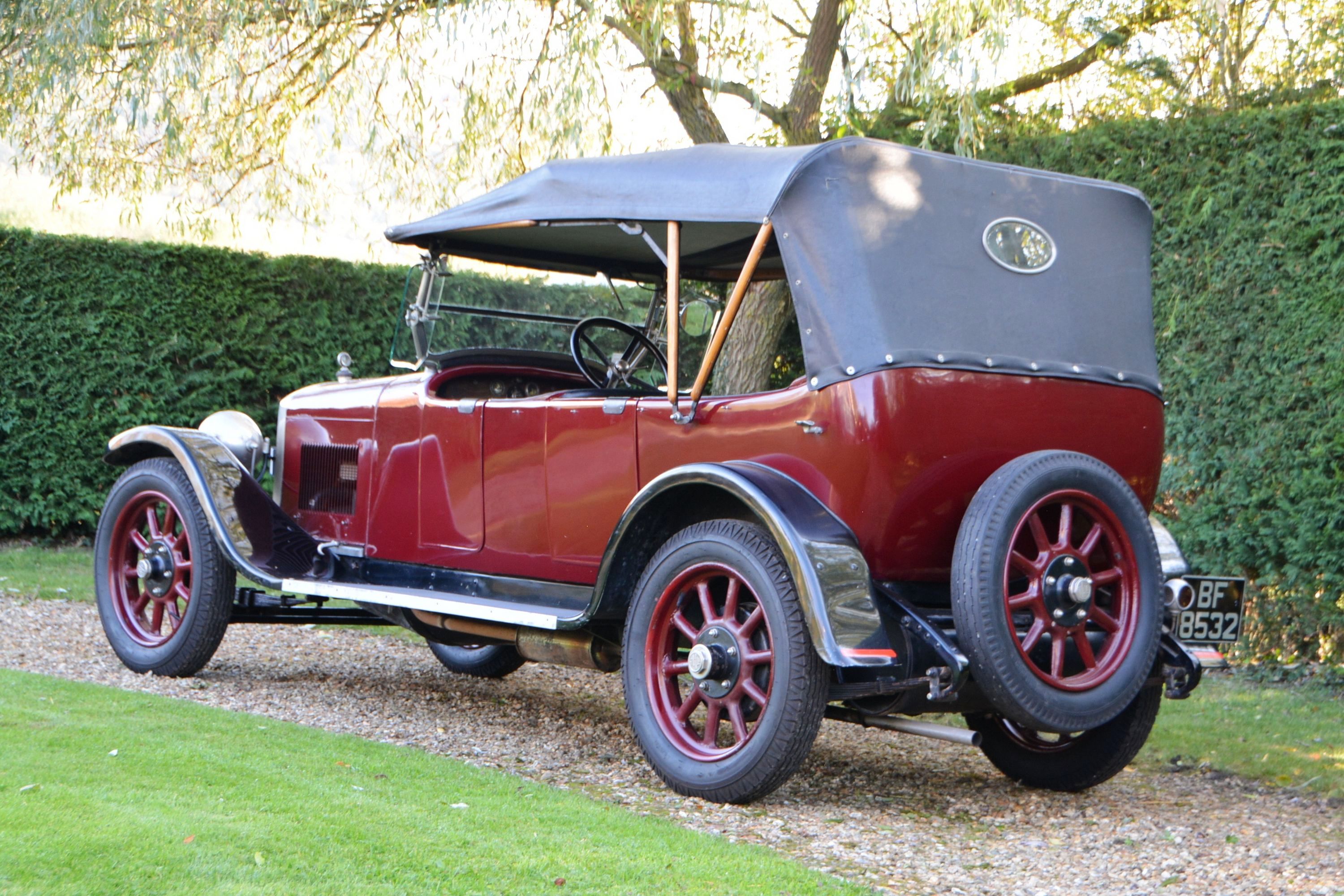 | 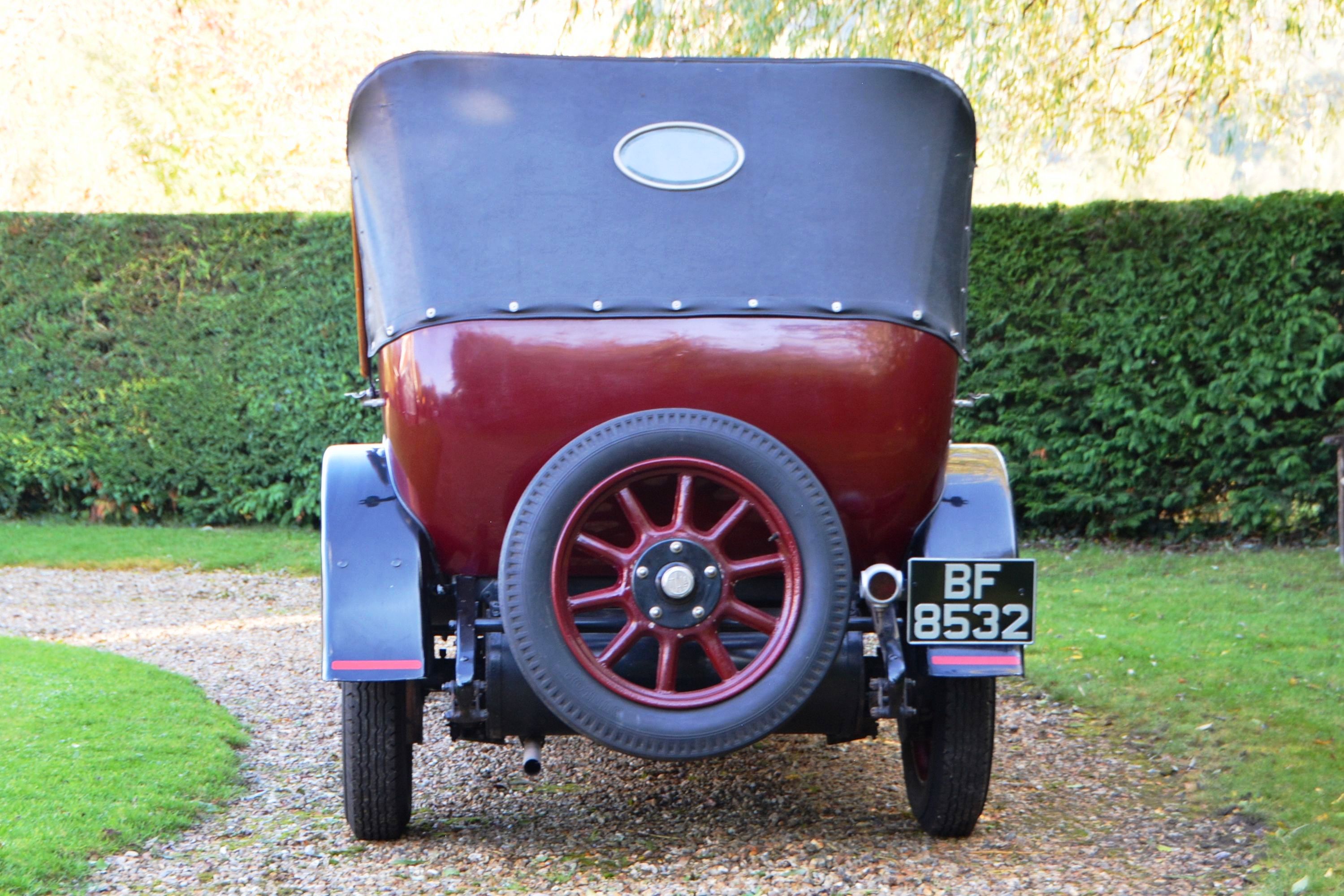 | |||||
 |  | 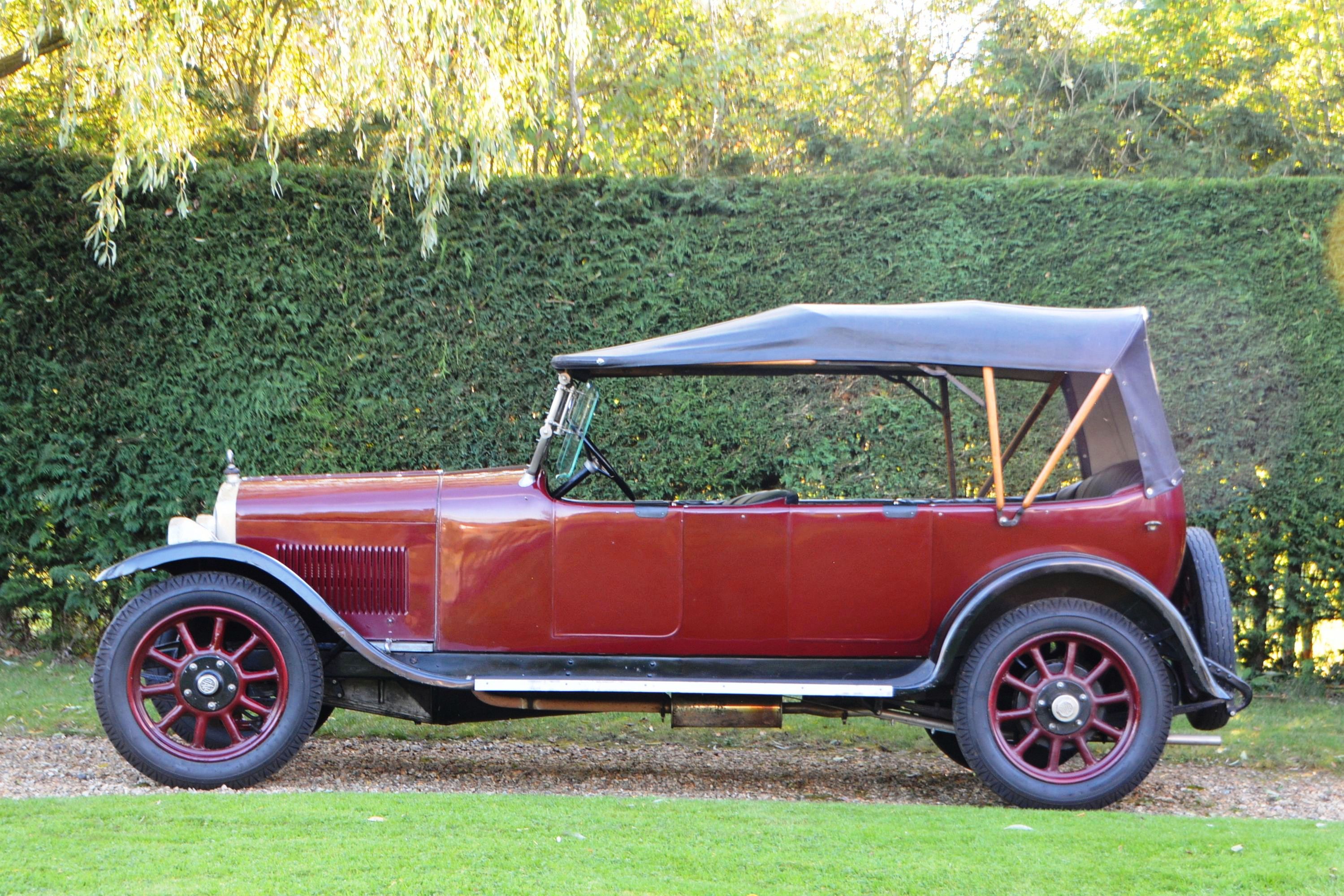 | 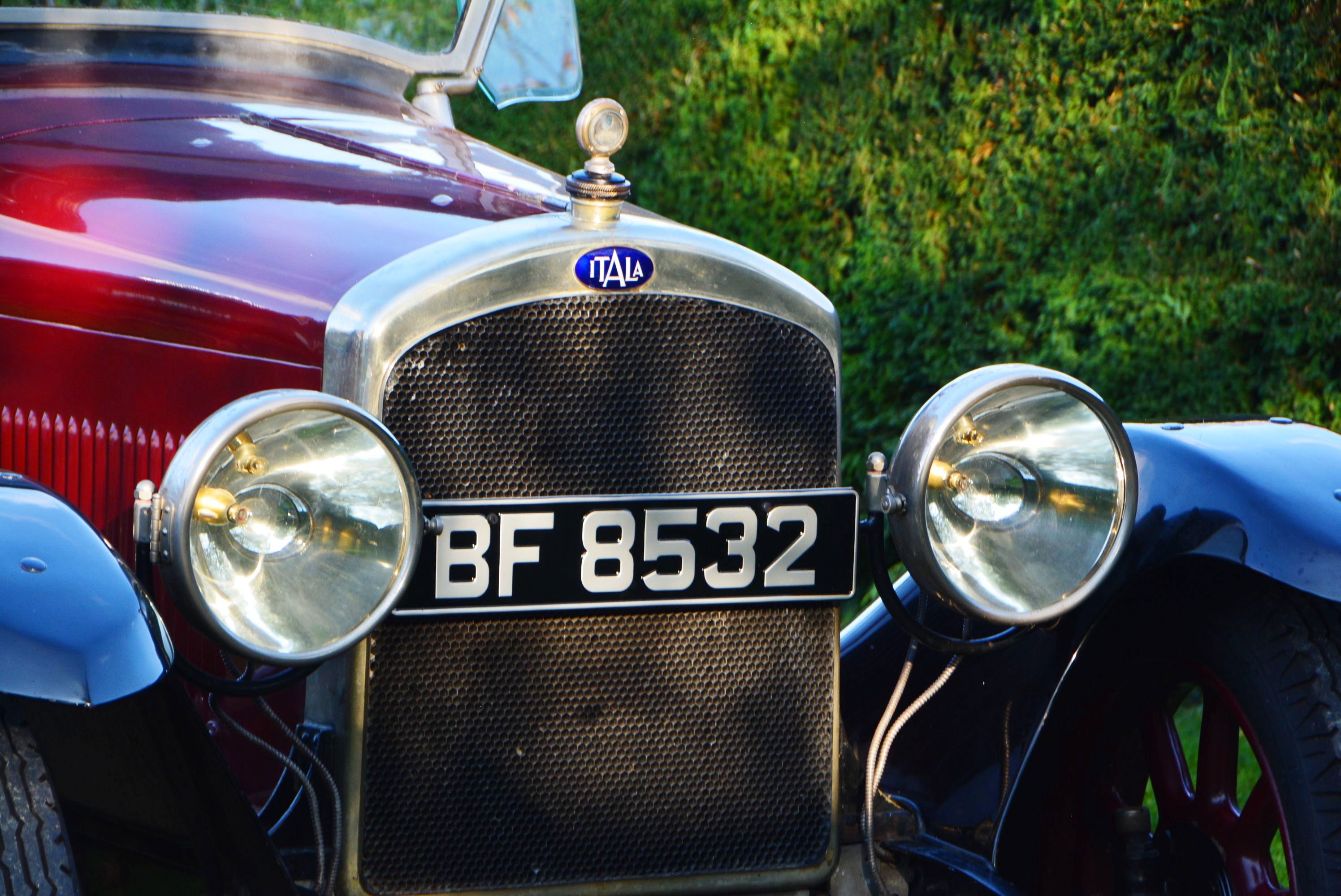 |  | |||||
 | 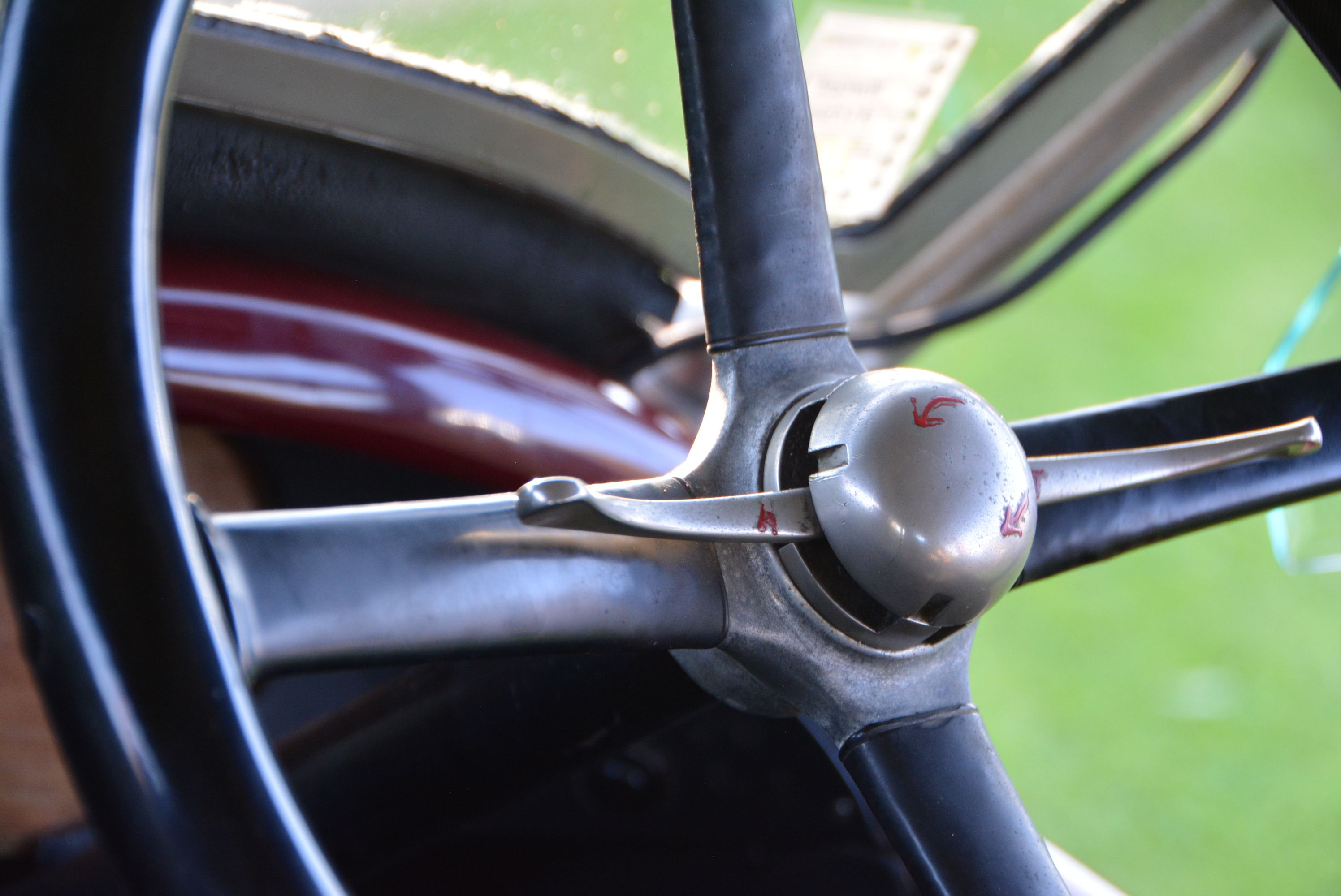 | 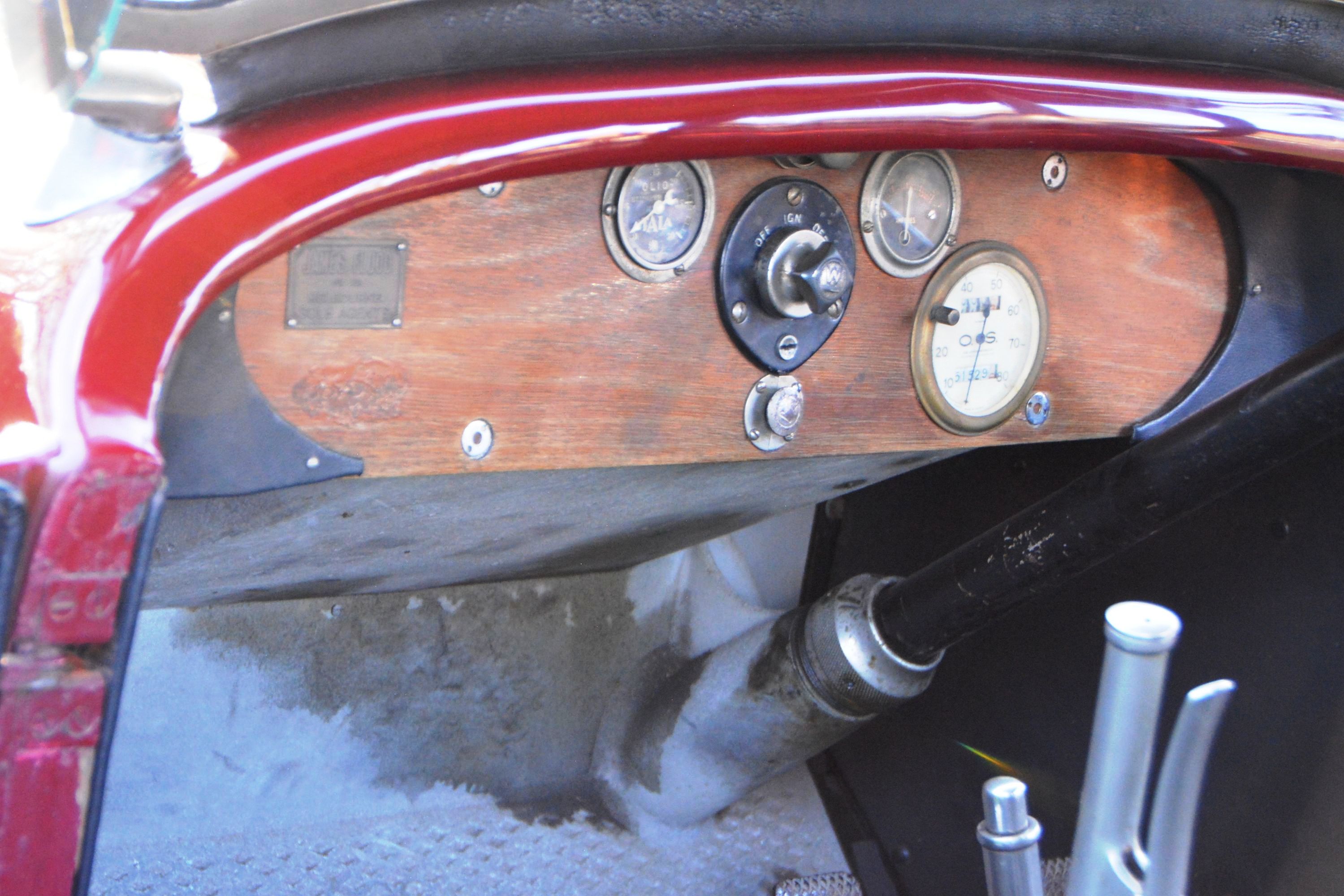 | 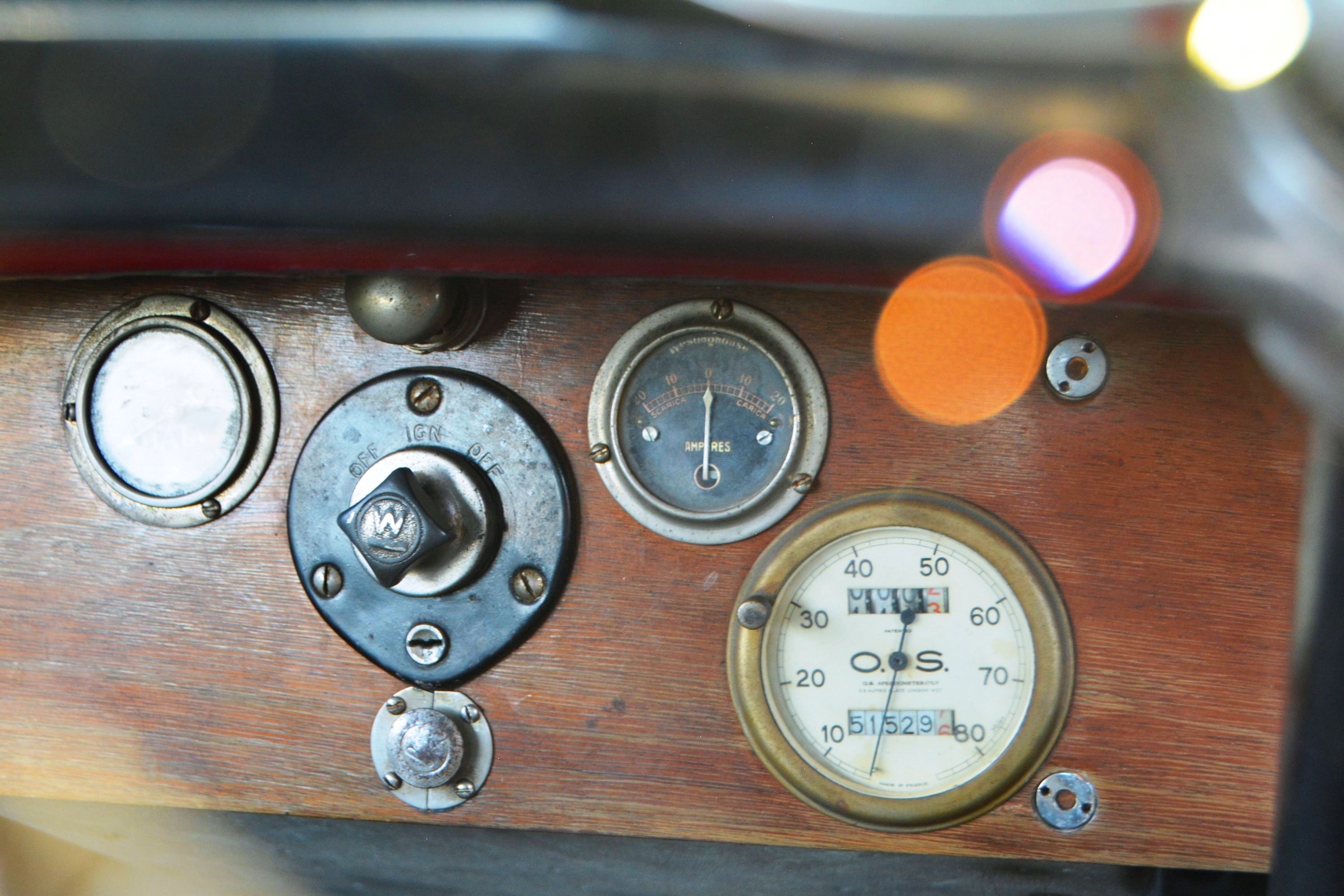 | 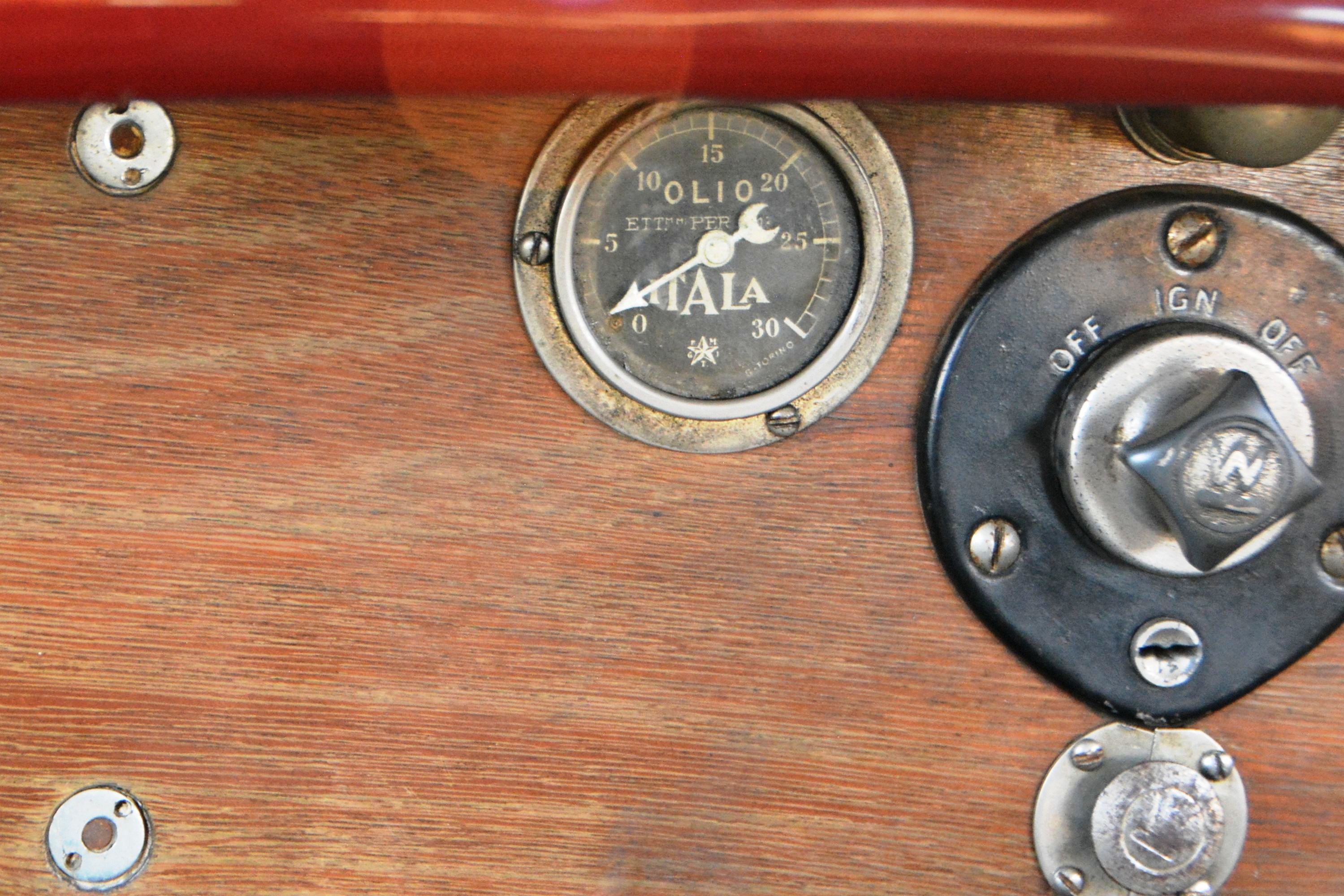 | |||||
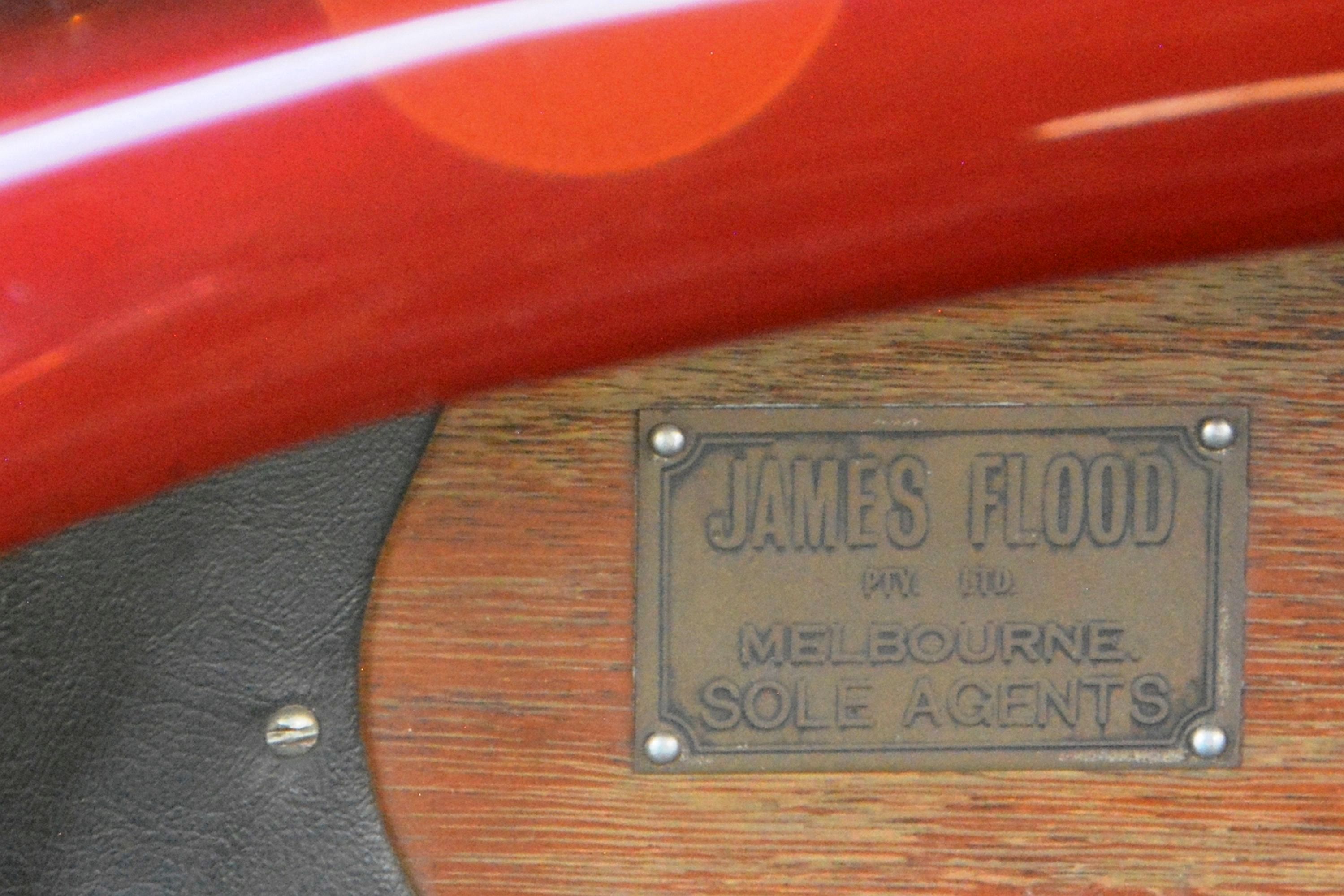 | 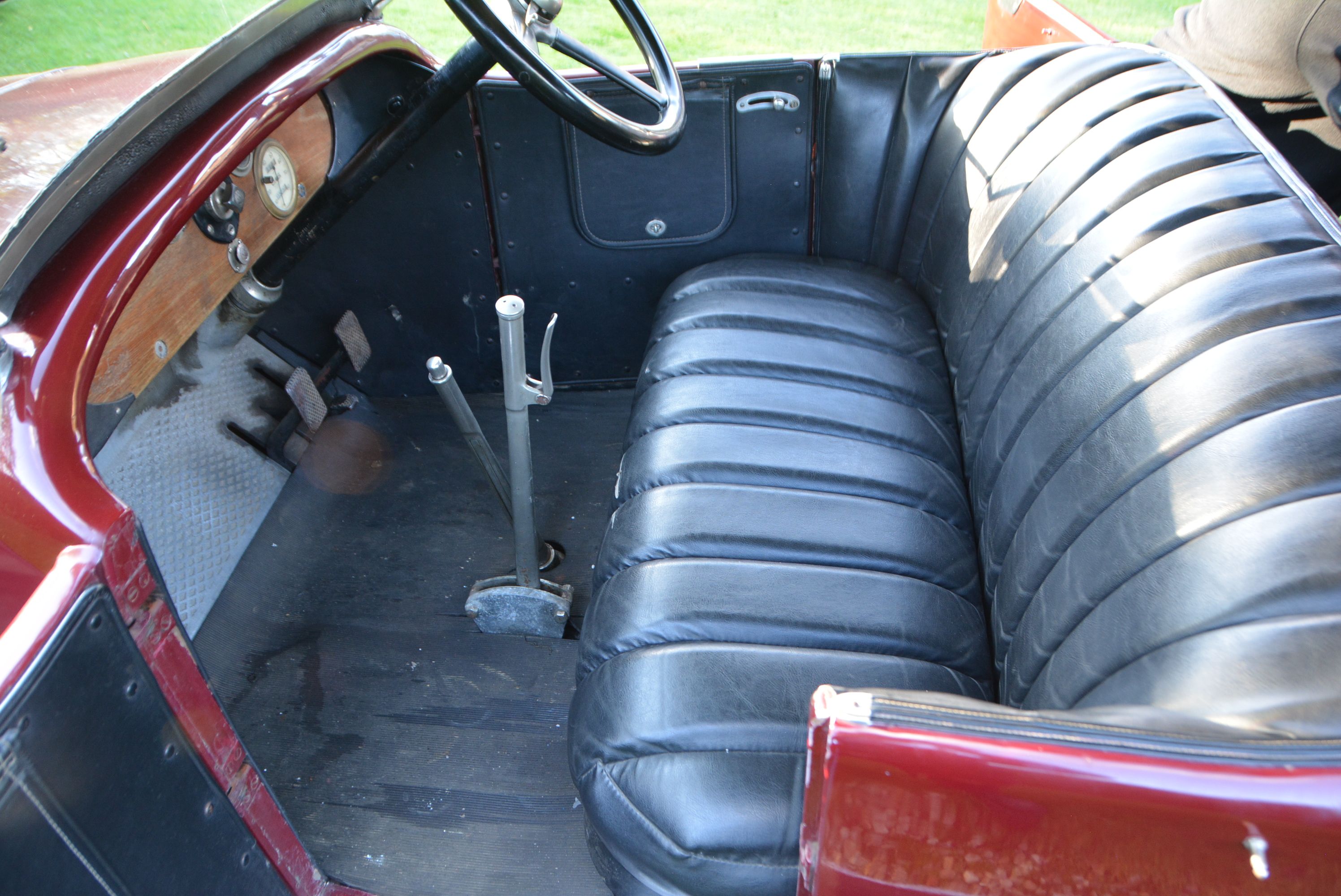 | 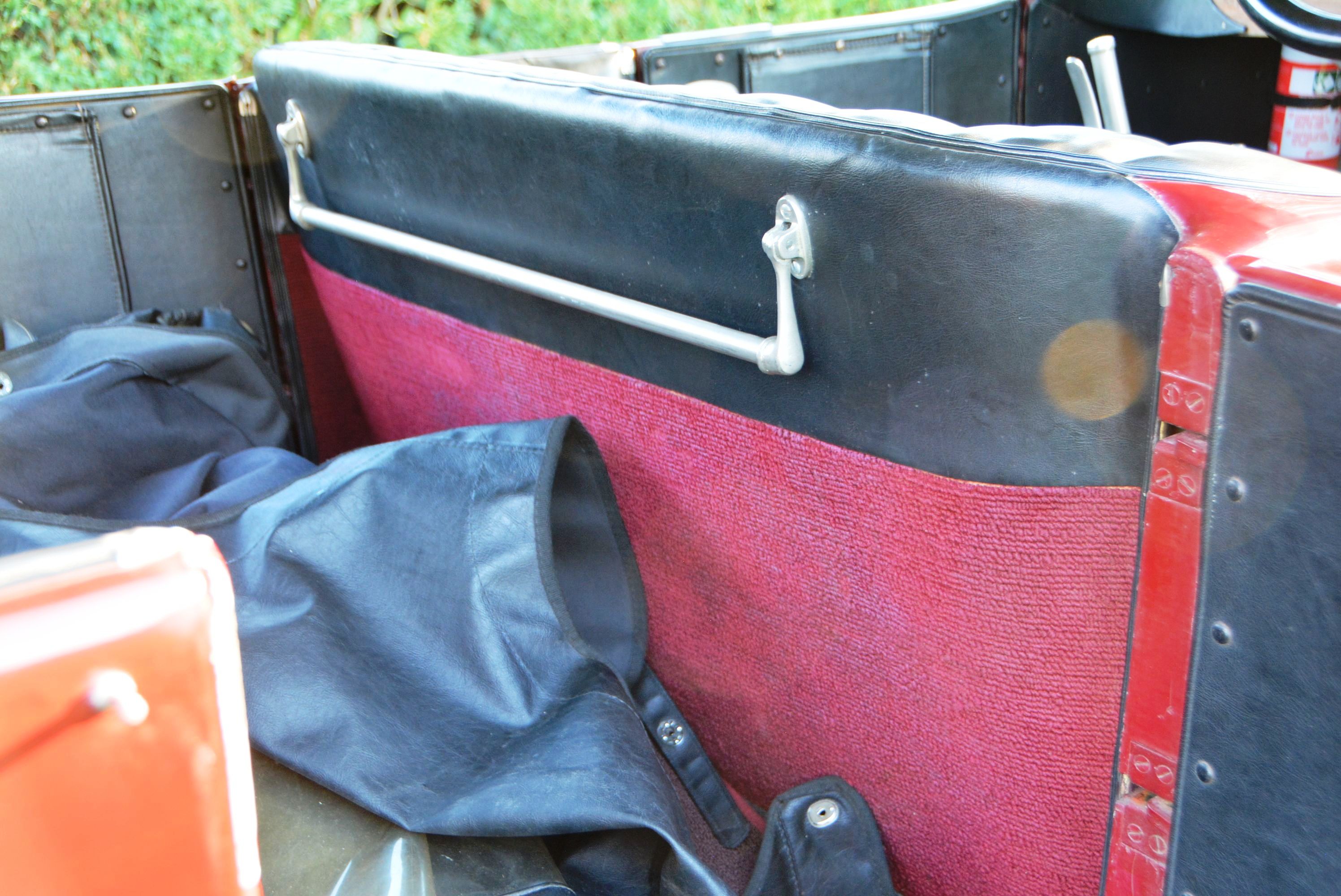 | 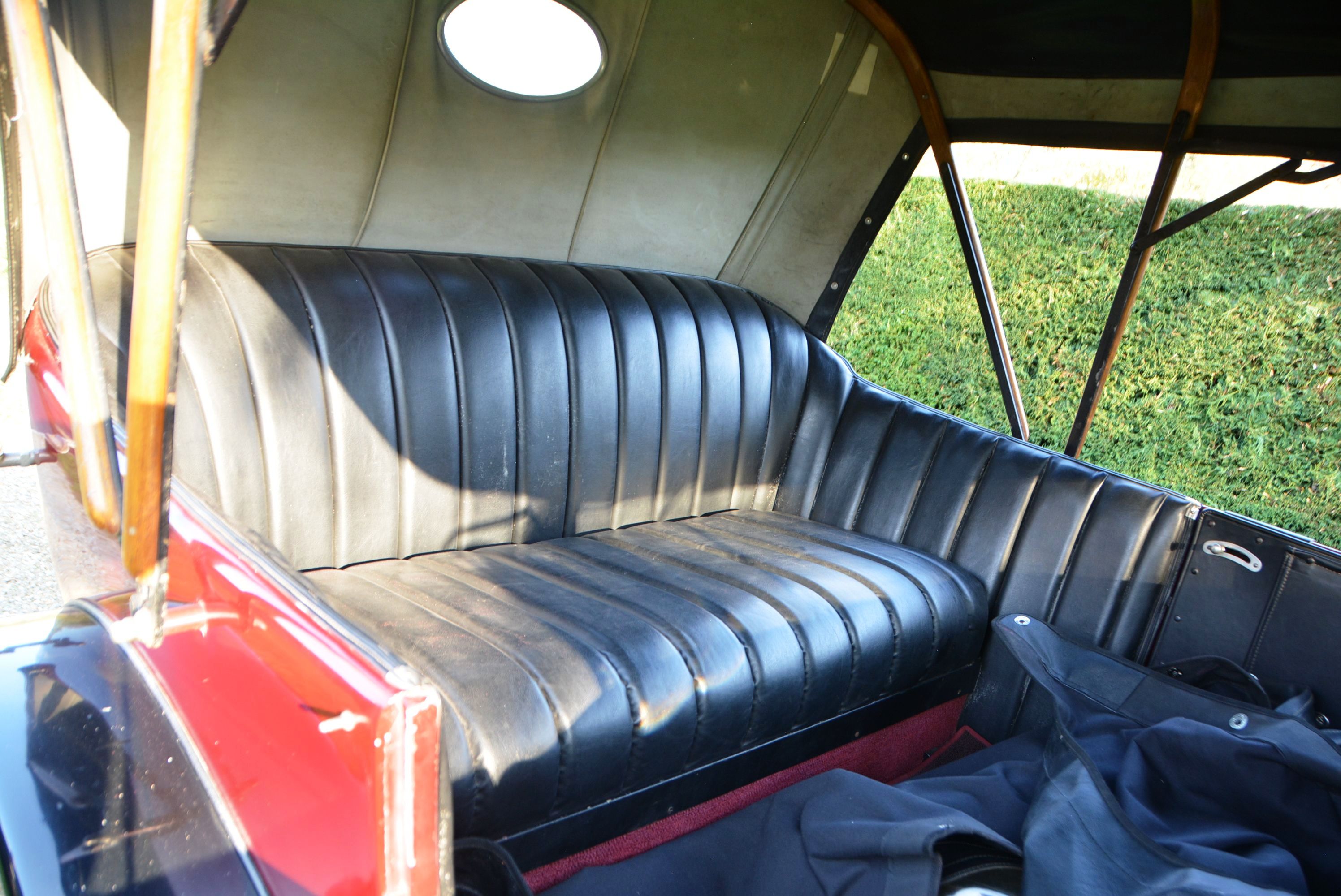 | 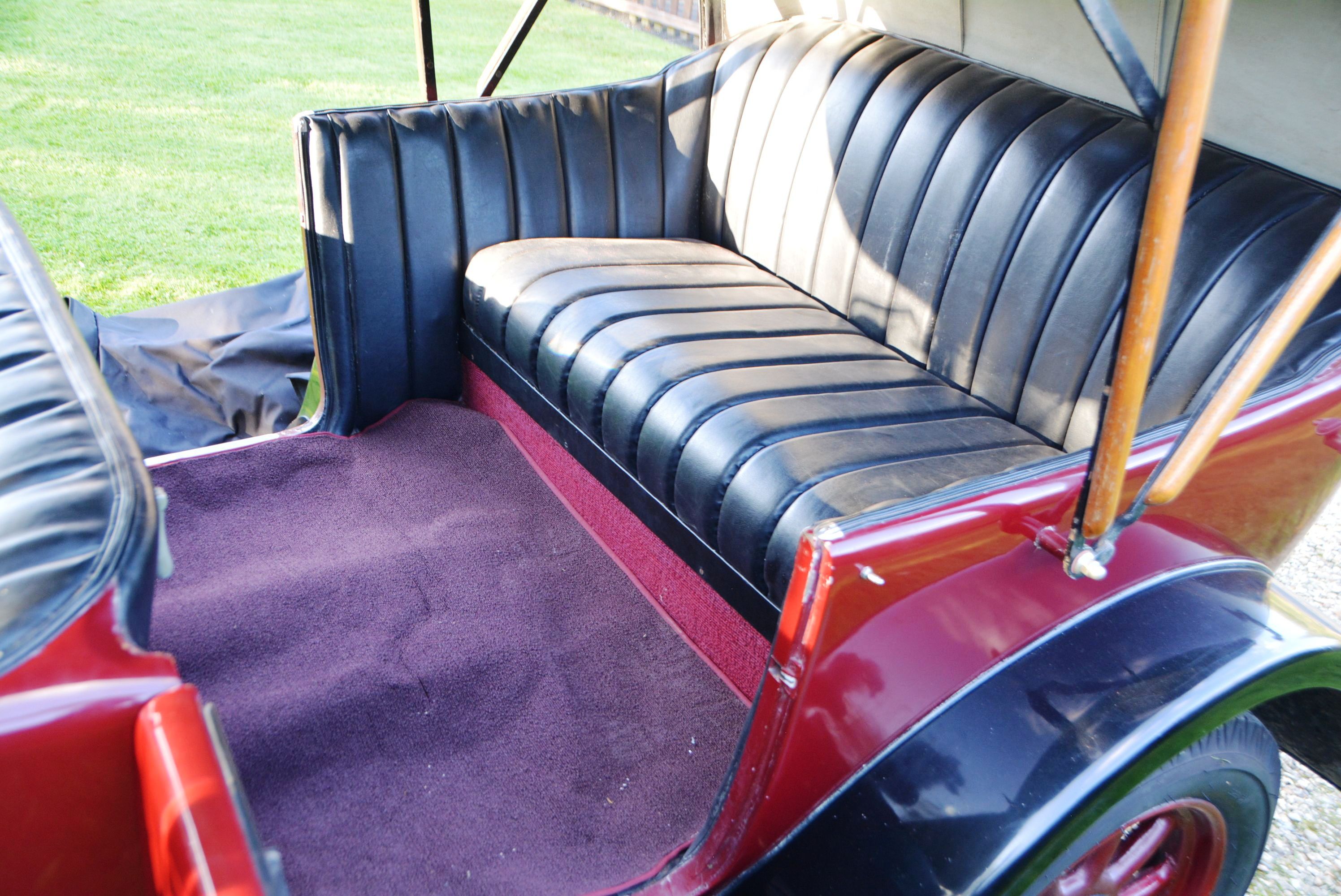 | |||||
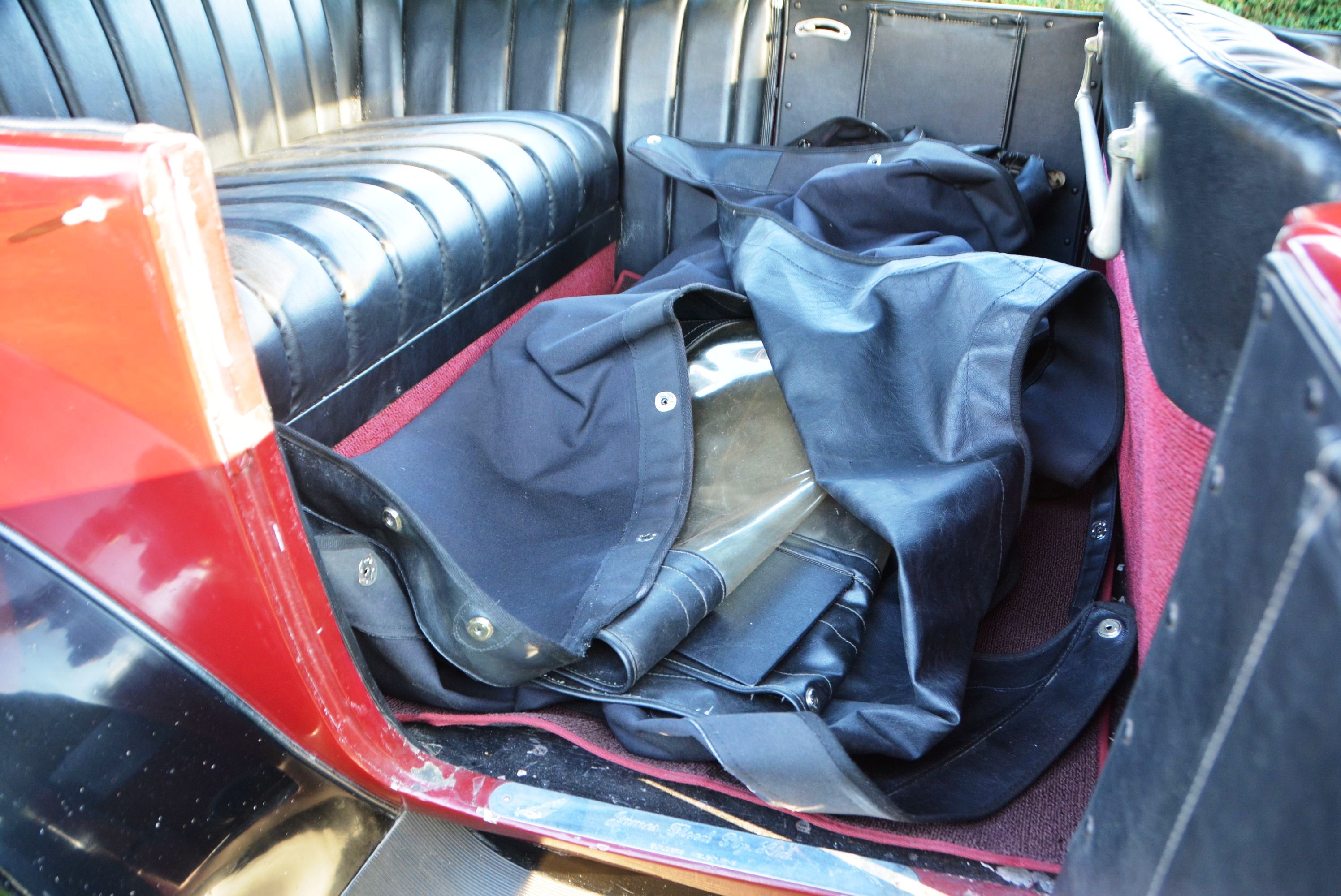 |  |  | 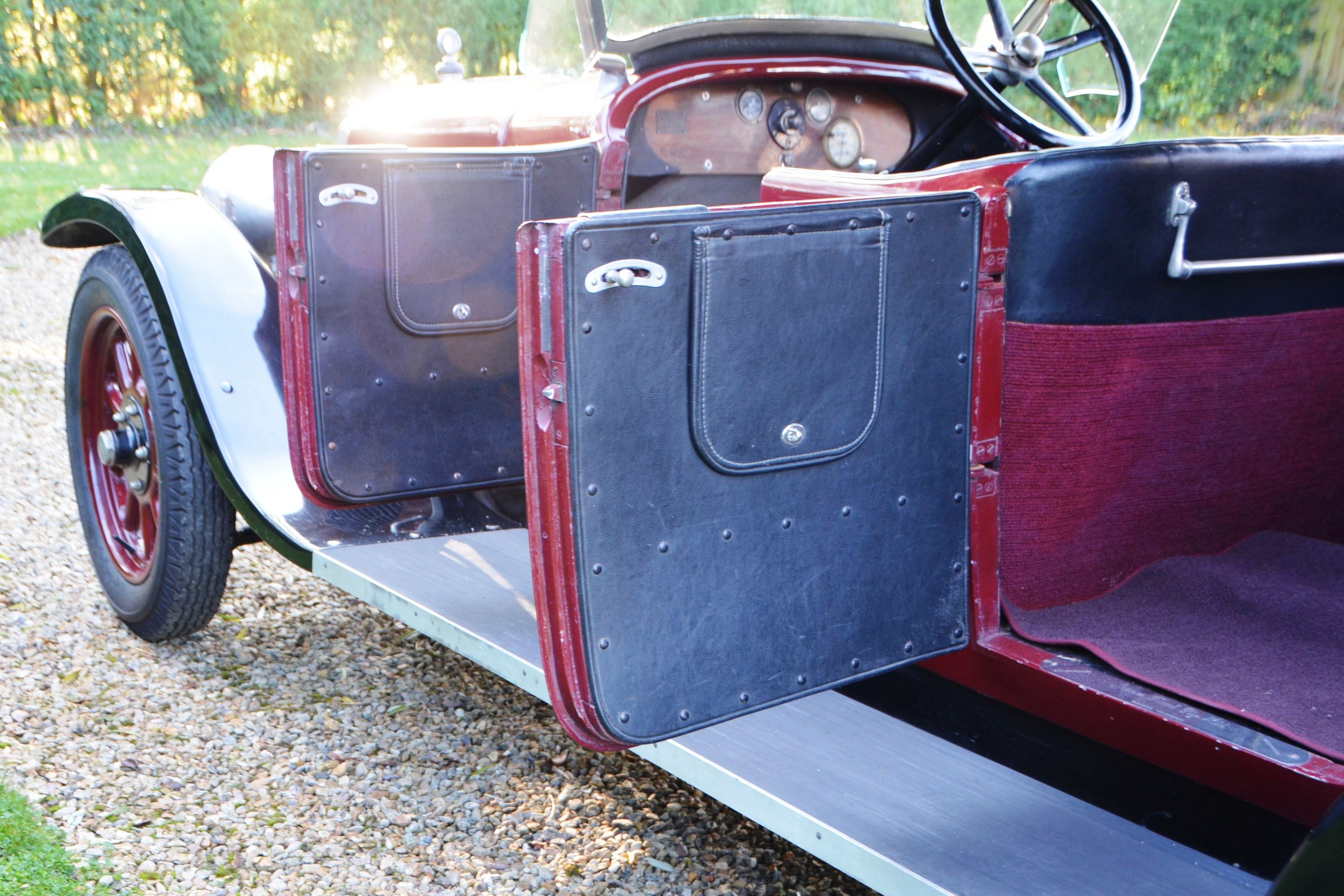 |  | |||||
 | 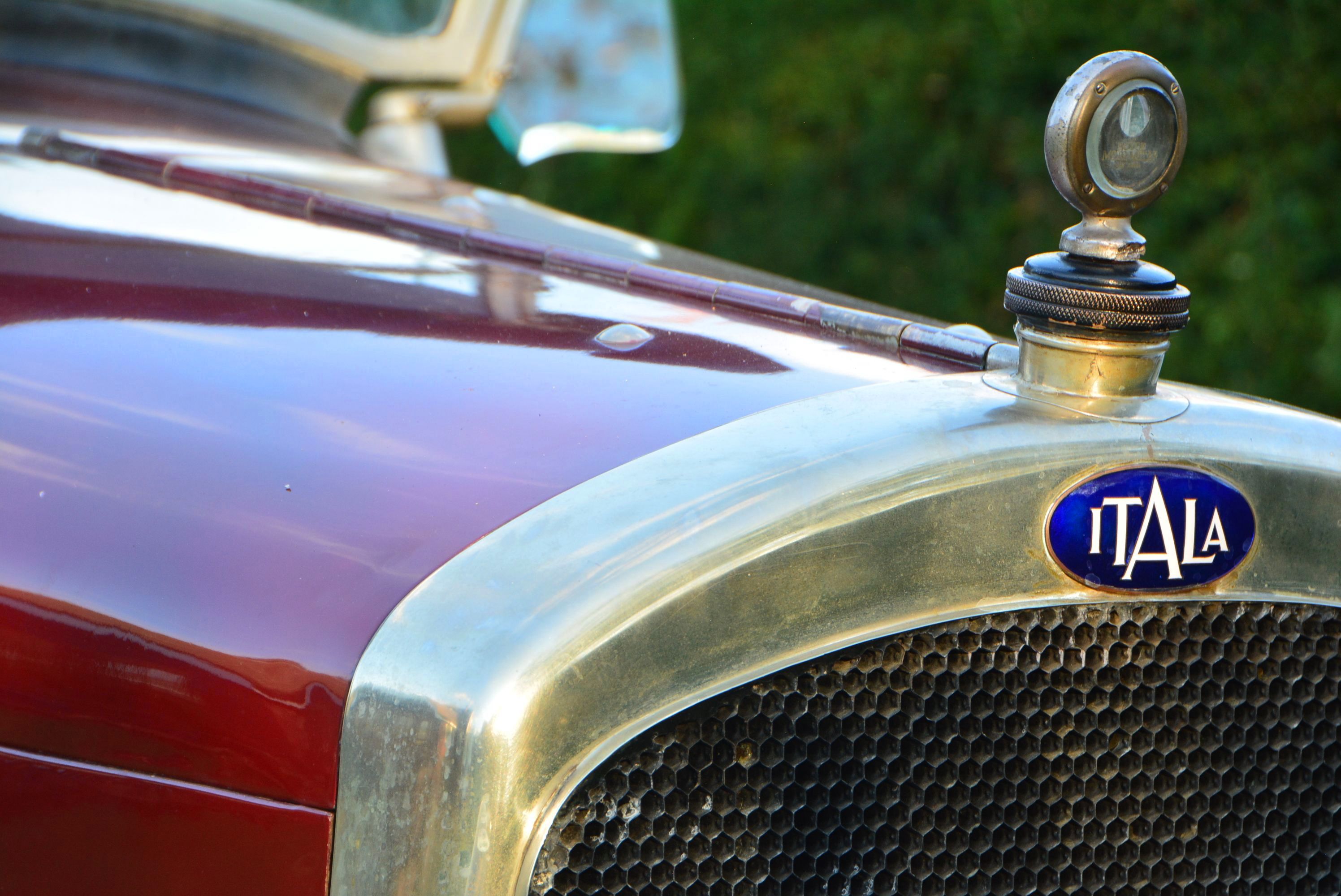 |  | 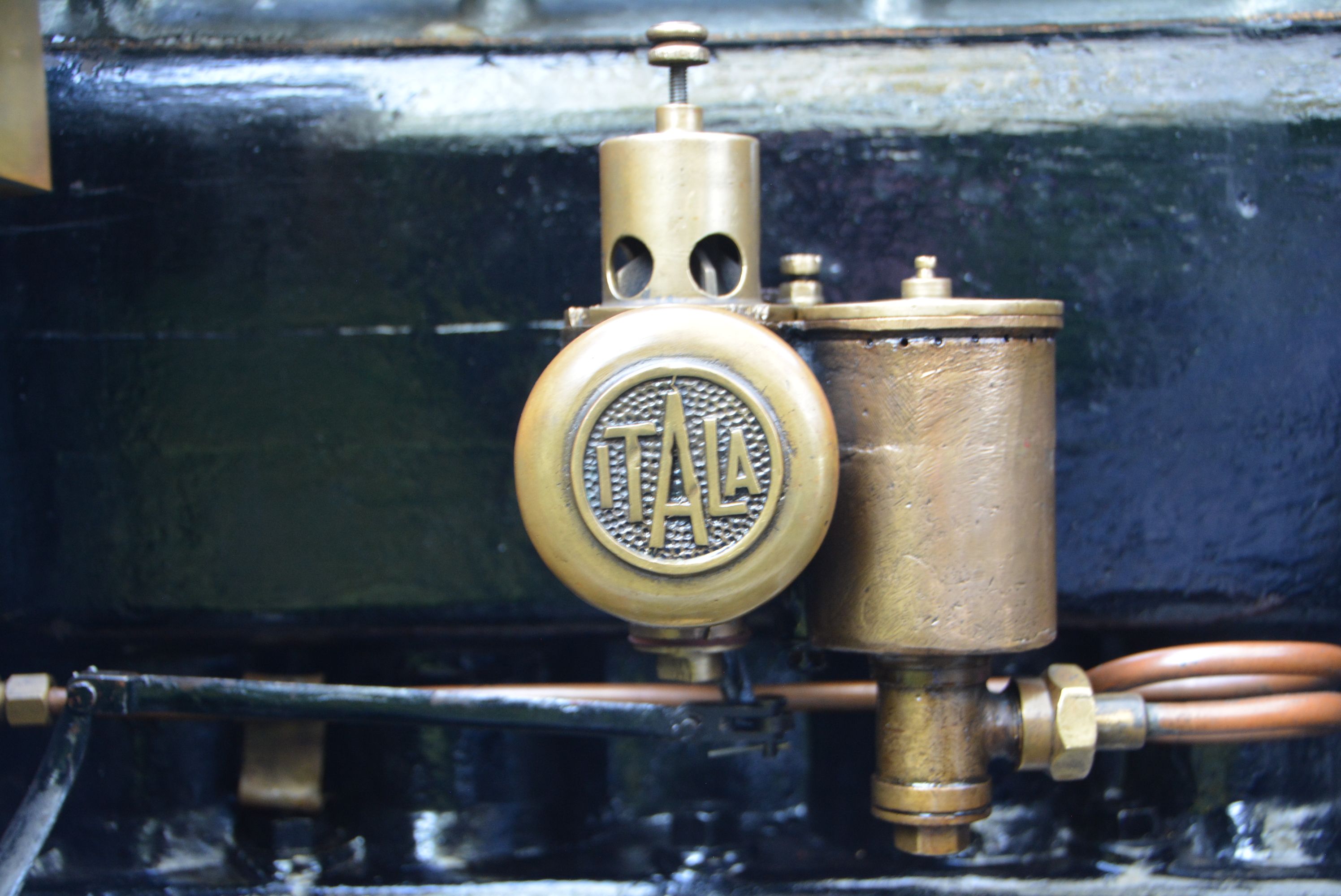 | 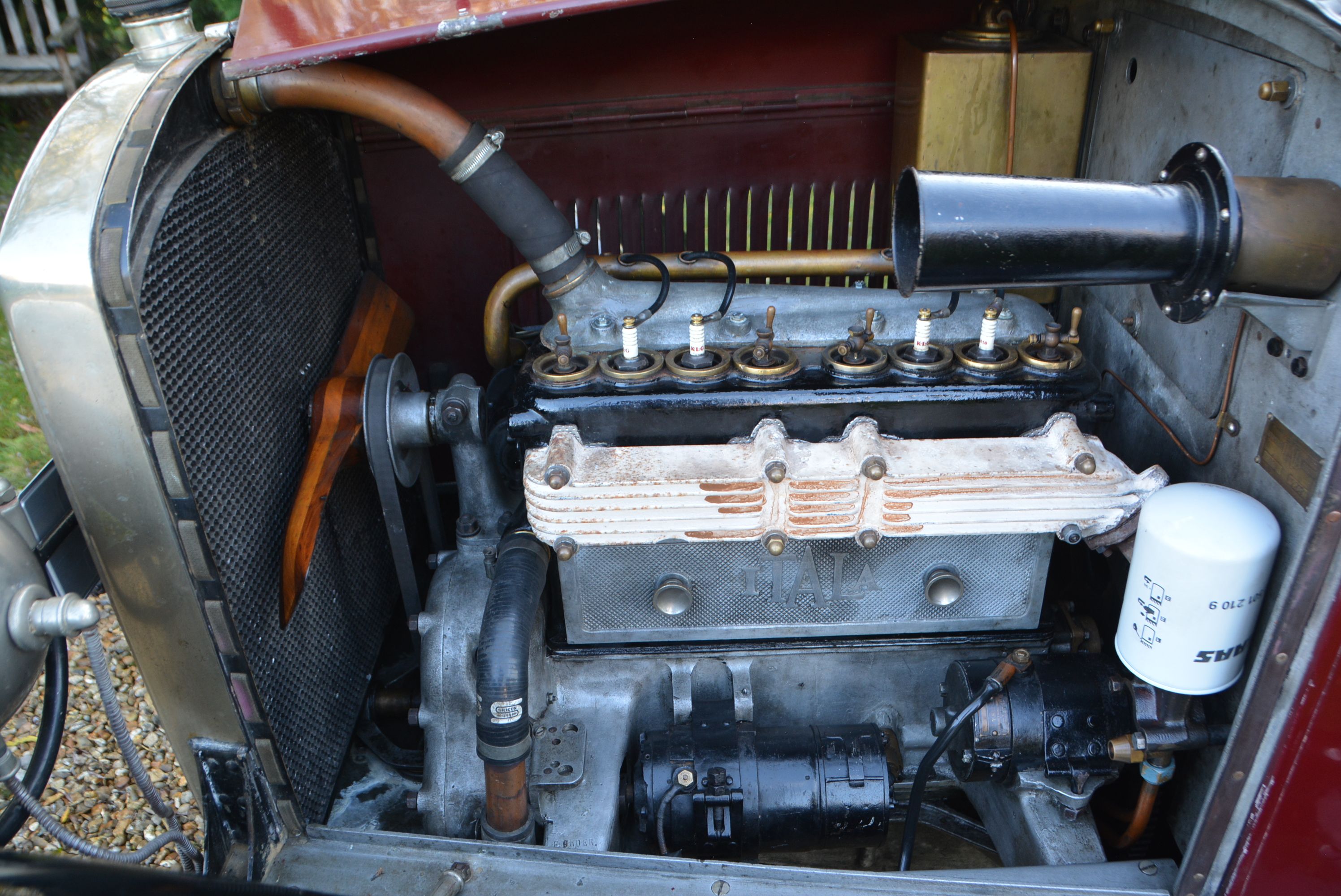 | |||||
 | 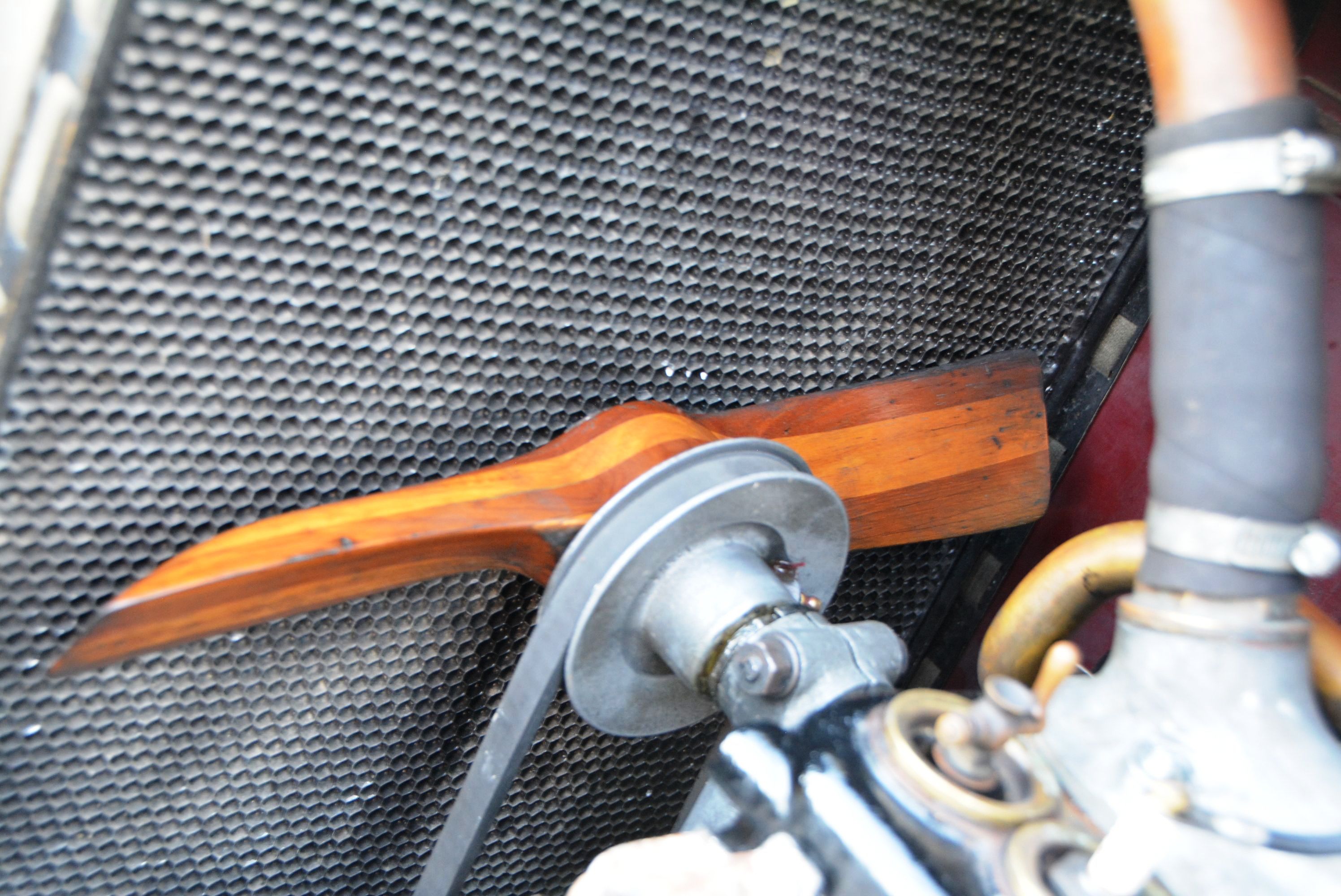 | 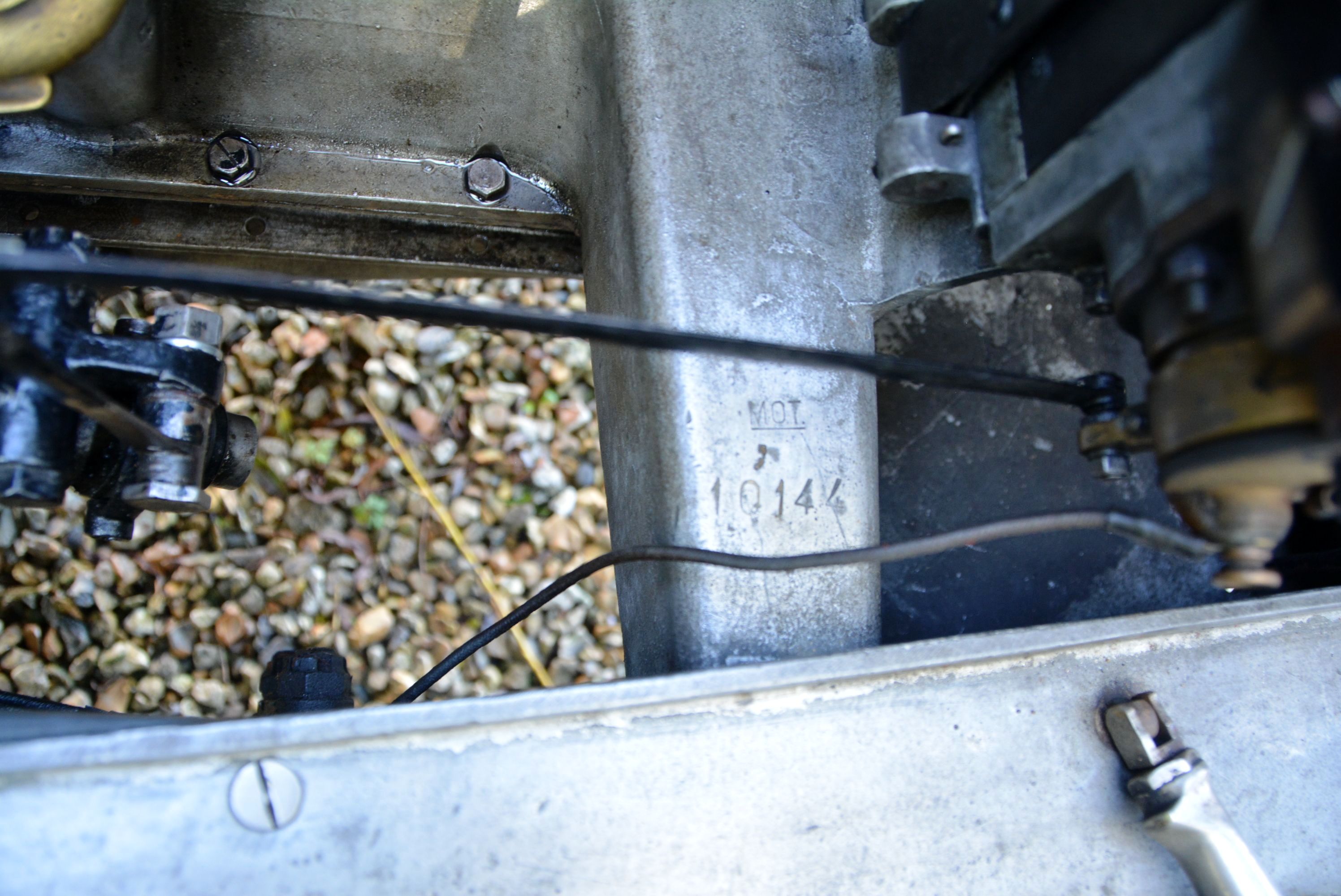 |  |  | |||||
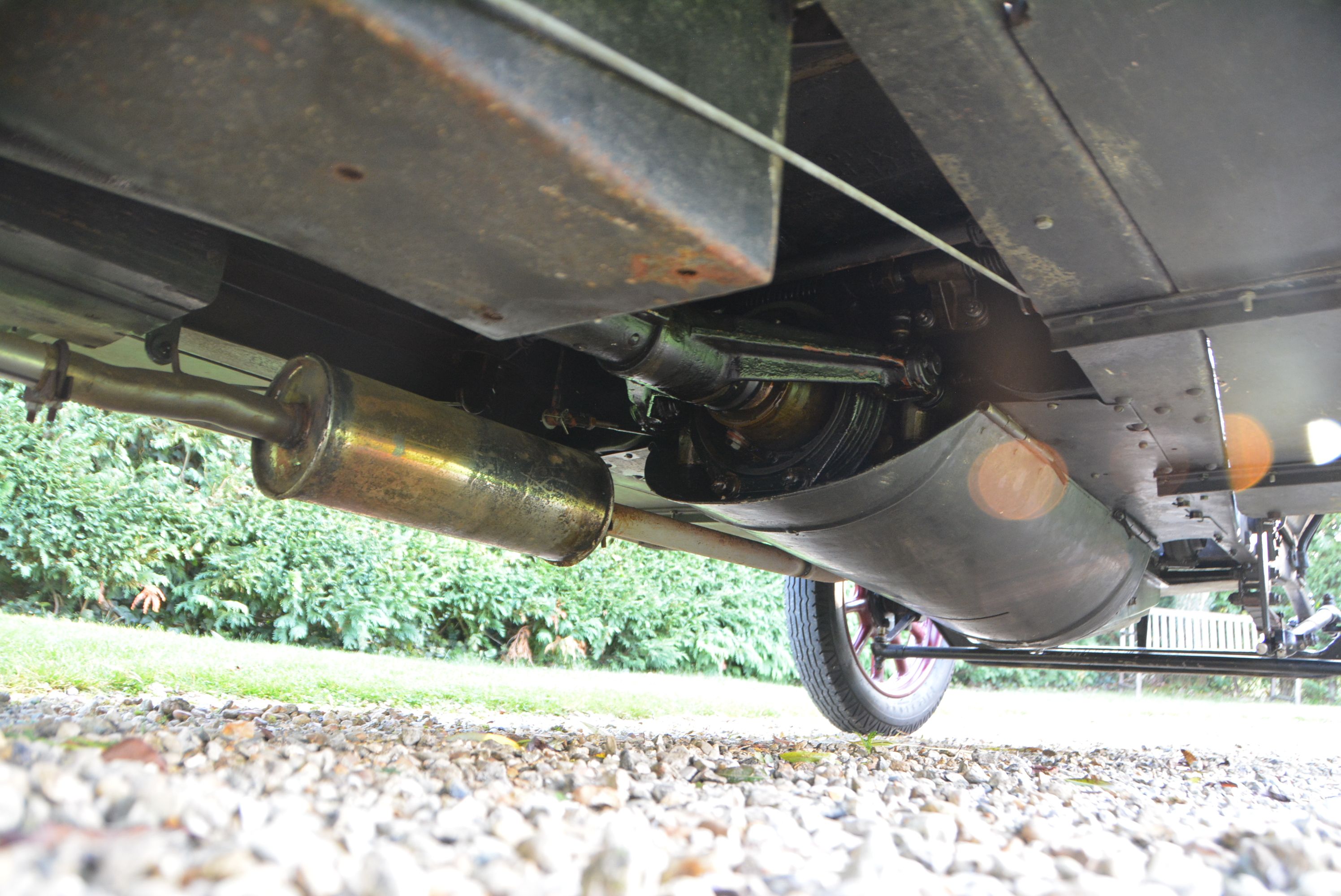 | 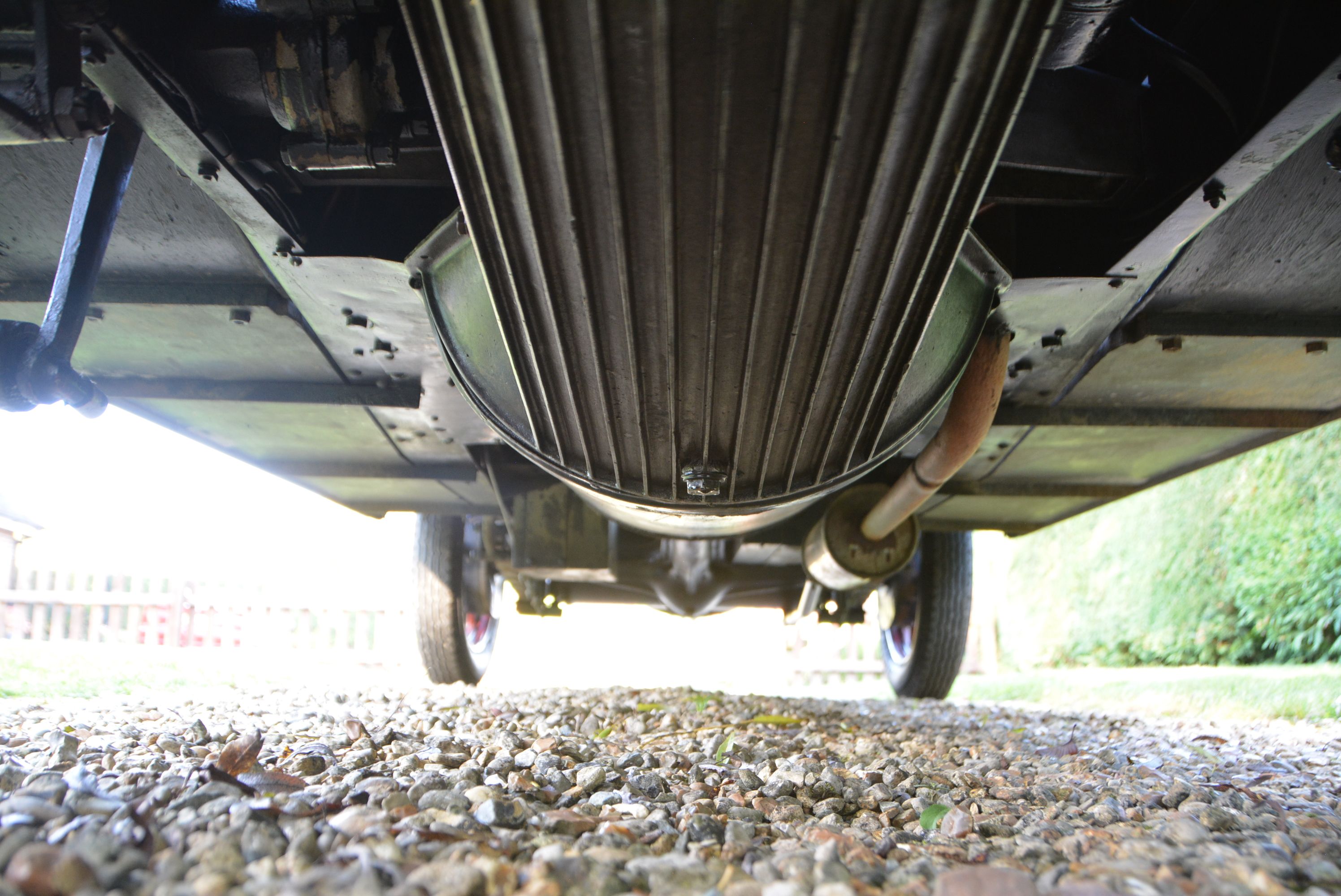 | 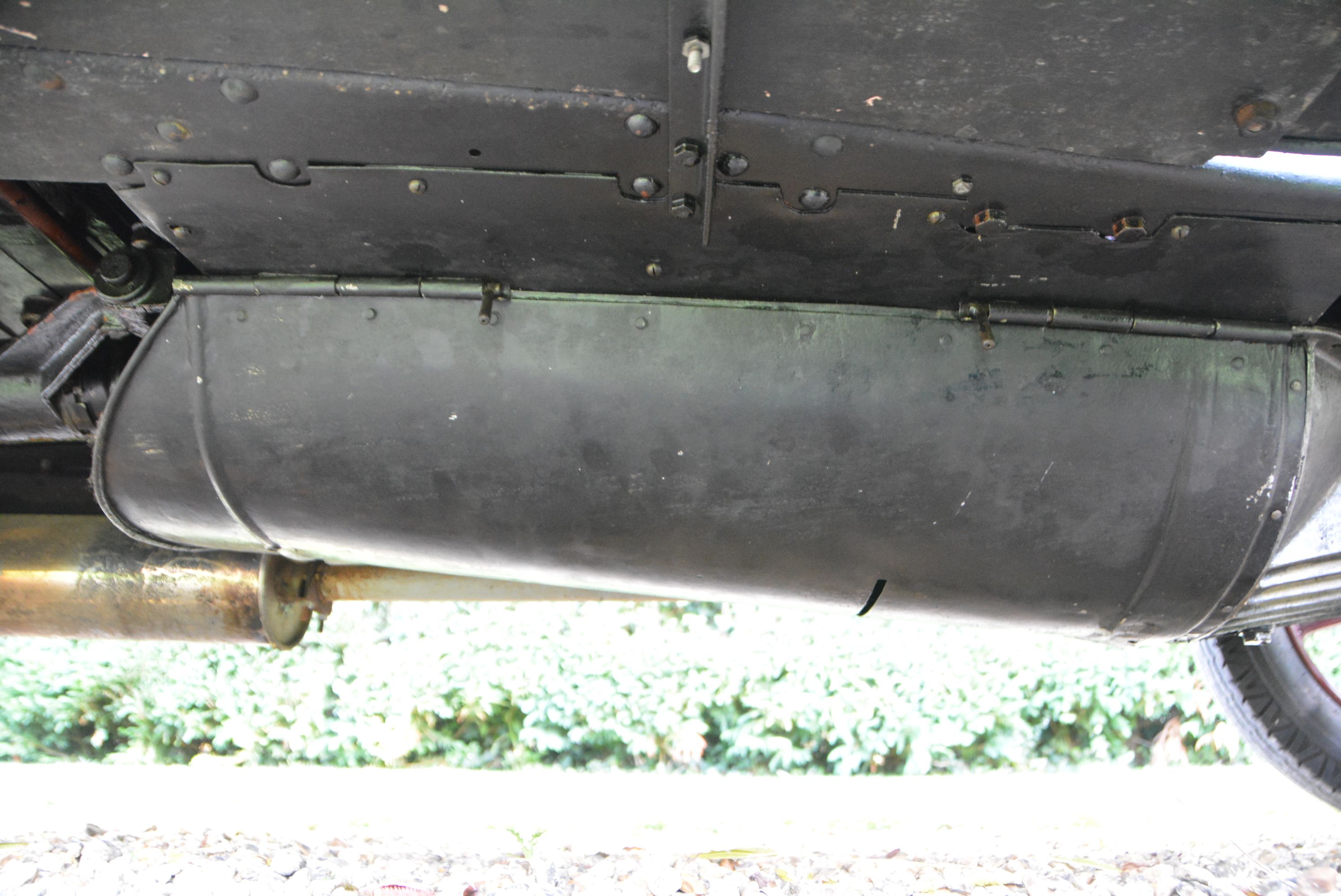 |  |  |
| Lot number | 40 |
|---|---|
| Hammer value | N/S (est. £27,000 - £30,000) |
| Description | Itala Tipo 50B Tourer |
| Registration | BF 8532 |
| Year | 1923 |
| Colour | Maroon/Black |
| Engine size | 2,813 cc |
| Chassis No. | 22097 |
| Engine No. | 10144 |
| Documents | V5C; correspondence; magazine feature; technical literature etc |
One of the most resonant names in motoring history, Itala immediately conjures up images of granite-jawed aristocrats wrestling monstrously powerful GP cars around the race tracks of pre-First World War Europe.
Founded in Turin in 1904 by Mattao Ceirano and Guido Bigio, Itala specialised in large capacity racing cars, their 14.8-litre model winning the Coppa Florio in 1905 and the Targa Florio in 1906. In 1907 a 7.4-litre 35/45hp model piloted by Count Scipione Borghese famously won the epic 9,500-mile Peking to Paris race, Italas also going on to win many trophies at the important Grands Prix of the day, the quality of these racing machines being amply demonstrated in 2012 when the ex-George Daniels 1908 GP Itala ‘Floretta’ was sold at auction for £1.73m.
The company experimented with a range of novel engines such as variable stroke sleeve valves and ‘Avalve’ rotary types up to the outbreak of the Great War. Itala switched production to aeroplane engines during the 1914-1918 period then resumed production after the Armistice with a range of sporting side-valve four-cylinder cars of varying capacities, mostly based on pre-war models. Although Itala continued its involvement in motor racing throughout the 1920s, including winning the 2-litre class in the 1928 Le Mans 24-Hours with a Tipo 61, the main business came from selling road cars, their agent in England being Malcolm Campbell who operated from premises in South Kensington.
But financial success eluded the company, and in 1929 Itala merged with truck maker Officine Metallurgiche di Tortona. The new company, Itala SACA, expected to receive significant orders for military vehicles to be exported to Poland, but when this fell through they were left financially vulnerable. Itala limped on until 1934 when its assets were sold to Fiat and this great Italian marque ceased to exist thereafter.
The car on offer here is a Tipo 50 which was designed by engineer Alberto Orasi and was launched in late 1919, remaining in production until 1926. Rated at 25/35hp, the Tipo 50 was a robust Tourer powered by a four-cylinder 2,813cc monobloc engine producing 41hp at 2,500 revs with a hollow crankshaft running on three main bearings with tubular connecting rods. With four forward speeds and reverse, it was good for a top speed of 60mph, the foot brake operating on a drum at the rear of the gearbox, the hand brake operating on the rear wheels. Costing £850 in rolling chassis form, it had a 10ft 6ins wheelbase, 4ft 7ins track and an overall length of 14ft 6ins.
A Tipo 50 driven by JH Grice competed in the 1921 Alpine Trial, an arduous 1,000 mile event in which it came 5th overall, winning the owner/driver trophy. Indeed Italas dominated that event, which was won by AV Turner in a Tipo 51, another Tipo 51 driven by Jimmy Flood coming 3rd, the main differences between the 50 and the 51 being the latter's more lively cam and valve timing, a larger carburettor, shorter but heavier chassis and a sturdier rear axle with revised diff ratio.
Built in late 1922, chassis number 22097 was destined for the Australian market, arriving there early in 1923 and being clothed in a spacious five-seater Torpedo body at the James Flood Coachworks in Melbourne. Nothing is known of the early history of the car, but it seems that Flood himself may have owned it, notes on file stating that it was bought from the James Flood Collection in Melbourne in the 1970s by David Holden.
Well known in Australian vintage car circles, Holden treated the Itala to a thorough restoration, the car then being featured in ‘Restored Cars’ magazine in 1981 (copy on file). It was next owned by another Australian, Ken Geyer, who in turn sold it to Hans Compter of New Zealand in 1987. He kept it until 2006 when it passed into the hands of another New Zealander from whom our vendor acquired it late last year.
Since arriving on these shores, the Itala has been UK-registered (BF 8532) and has also been treated to a full engine rebuild including new pistons and liners, new little end bushes and new valves and valve seats – no easy task as several parts had to be made from scratch. Although there are no invoices for this work, the vendor is happy to explain exactly what has been done and is at pains to point out that the car has only covered very few miles since the rebuild and will need a careful running-in period before the performance is exploited to the full.
Starting promptly and running beautifully as we moved it around for these photos, we can confirm that the engine is so sweet you can barely even hear it at tickover – always the sign of a top quality engine as any vintage Rolls-Royce owner will tell you! Indeed the whole car is most impressive with excellent bodywork and doors that still close with a high quality ‘click’. The black leather upholstery and red carpets are also in fine shape, as is the hood and hood-frame. A full tonneau cover, side-screens and a spare wheel cover are also included, all in equally good condition. The underside is just as good and still retains the original stone-guards and component covers often fitted to cars of this era that were designed to operate reliably on unmade roads.
All-in-all a wonderful example of an extremely rare and desirable Vintage tourer that is in exemplary condition throughout and will cause a huge amount of interest wherever it goes.